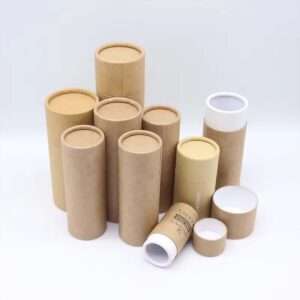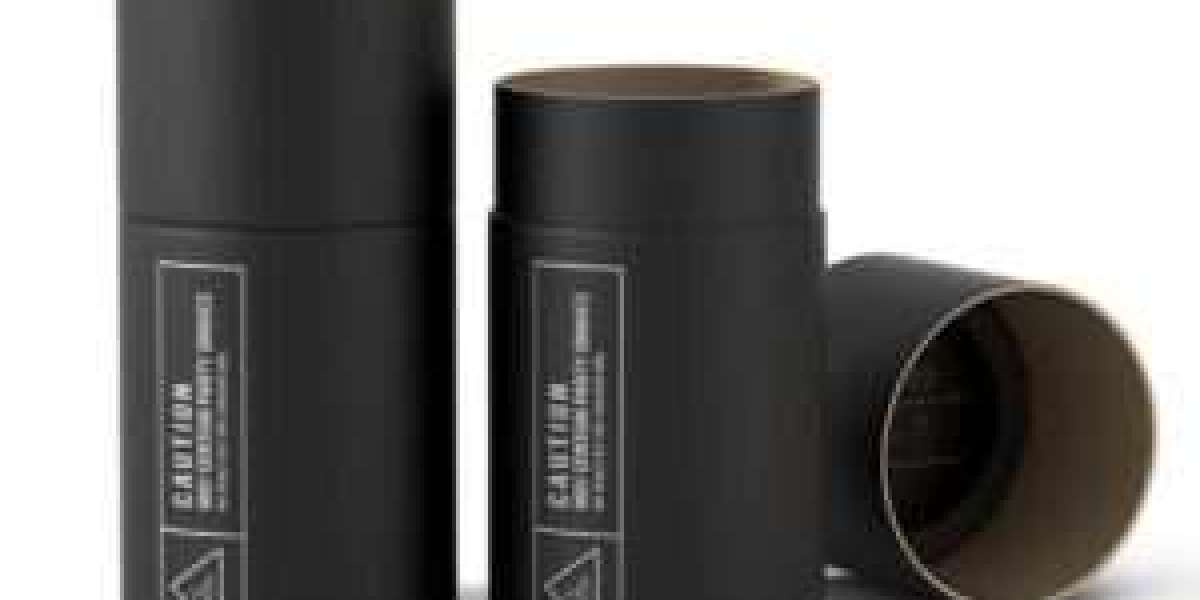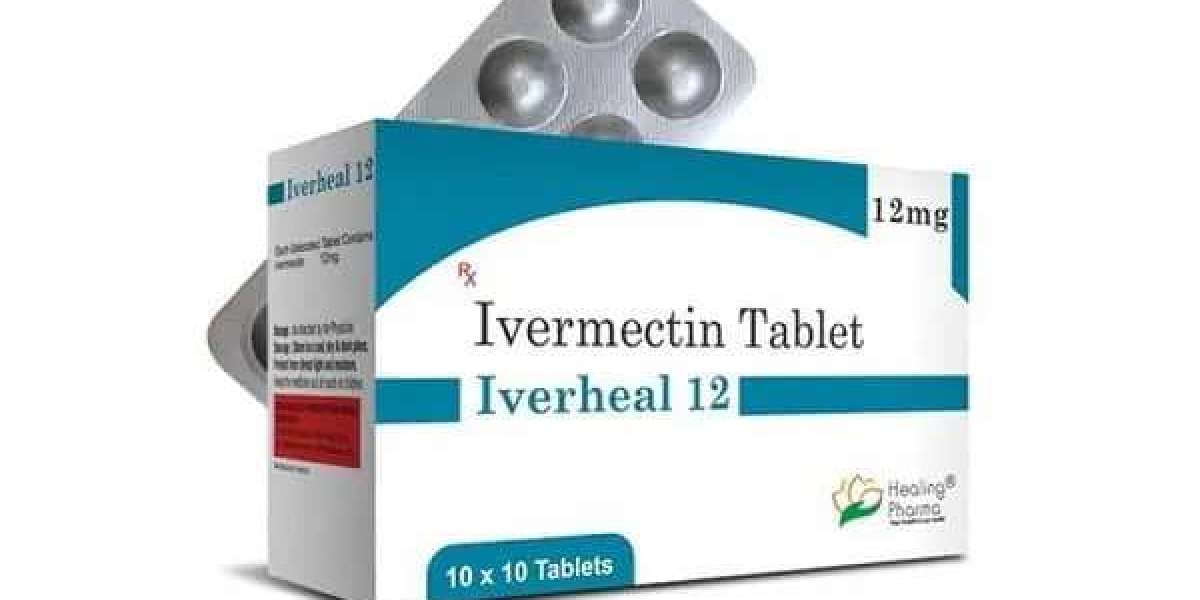In today's environmentally conscious world, businesses and consumers seek sustainable alternatives to traditional packaging and construction materials. One such innovation making waves across industries is custpm paper tubes. These cylindrical structures, made from layers of recycled paper, are lightweight, durable, and versatile. From packaging to construction and even creative DIY projects, paper tubes play an essential role in multiple applications.
What Are Paper Tubes?
Paper tubes are cylindrical structures formed by winding multiple layers of paperboard or kraft paper around a mandrel with adhesives. They vary in thickness, strength, and diameter depending on their intended use. Unlike plastic or metal alternatives, they are biodegradable, recyclable, and often made from post-consumer waste, making them an eco-friendly choice.
The Manufacturing Process
The production of paper tubes involves a step-by-step process that ensures durability and functionality. Here’s how they are made:
Paper Selection: Manufacturers use recycled paper, kraft paper, or fiberboard, depending on the required strength.
Adhesive Application: A strong, eco-friendly adhesive binds the layers together.
Winding Process: The paper layers are wrapped around a cylindrical mold to form a tube.
Cutting and Drying: Once the desired thickness is reached, the tubes are cut to size and left to dry.
Customization: Many industries require additional finishes, such as waterproof coatings, branding, or printed labels.
Industrial and Commercial Applications of Paper Tubes
The adaptability of paper tubes makes them invaluable across various sectors. Here are some of their primary applications:
1. Packaging Industry
Paper tubes offer a sustainable alternative to plastic and metal packaging. Industries use them to package:
Cosmetics: Lip balms, deodorants, and perfumes are increasingly packaged in paper tubes.
Food Items: Many companies use food-safe paper tubes for items like spices, tea, and snacks.
Fragile Goods: Paper tubes serve as protective casings for delicate objects such as glassware and posters.
2. Construction Industry
Contractors and builders utilize heavy-duty paper tubes in various ways, including:
Concrete Molds: Large, sturdy paper tubes shape concrete pillars and foundations.
Formwork and Pillars: These tube packaging help create structural components efficiently.
Insulation Casings: Paper tubes provide protective insulation for pipes and wires.
3. Textile Industry
Many textile manufacturers rely on paper tubes to roll fabrics, yarn, and thread. These tubes ensure that materials remain wrinkle-free and are easy to store and transport.
4. Arts, Crafts, and DIY Projects
Creative individuals and artists frequently incorporate paper tubes into various projects, such as:
Home décor items like lampshades and organizers.
School projects, prototypes, and models.
Upcycled crafts that reduce waste and encourage sustainability.
5. Mailing and Shipping
Paper tubes are ideal for mailing posters, artwork, blueprints, and documents that need to remain uncreased. Many e-commerce businesses prefer them due to their strength and recyclability.
Benefits of Using Paper Tubes
The widespread adoption of paper tubes is due to their numerous benefits:
1. Environmentally Friendly
Paper tubes are biodegradable and recyclable, making them a sustainable choice. Since they are often made from post-consumer recycled paper, they help reduce landfill waste.

2. Cost-Effective
Compared to metal and plastic alternatives, paper tubes are more affordable without compromising durability. Their lightweight nature also lowers shipping costs.
3. Customizable
Manufacturers can easily customize paper tubes to meet specific industry requirements. Businesses can add branding, protective coatings, and unique sizes to enhance functionality.
4. Strong and Durable
Despite being made of paper, these tubes offer remarkable strength. Industrial-grade tubes can withstand substantial pressure, making them suitable for construction and heavy-duty packaging.
5. Versatile Applications
From construction to crafts, paper tubes have a broad range of uses. Their adaptability ensures that they remain relevant across industries.
How to Dispose of Paper Tubes Responsibly
To maximize the environmental benefits of paper tubes, it’s essential to dispose of them properly:
Recycle: If the tube is clean and free of coatings, place it in the recycling bin.
Upcycle: Get creative and reuse them for storage, crafts, or home projects.
Compost: Some paper tubes, especially those without chemical coatings, break down in compost piles.
The Future of Paper Tubes
With increasing awareness of environmental sustainability, the demand for paper tubes will continue to grow. Innovations such as waterproof coatings, reinforced paper layers, and biodegradable adhesives will further enhance their usability. Industries are constantly exploring ways to replace plastic with paper-based alternatives, making paper tubes a crucial component of future packaging and construction solutions.
Conclusion
Paper tubes have proven their worth as an eco-friendly, durable, and versatile solution across multiple industries. Whether used for packaging, construction, or artistic endeavors, they contribute to sustainability and efficiency. As businesses and consumers prioritize green alternatives, paper tubes will play an even more significant role in shaping an environmentally responsible future.



